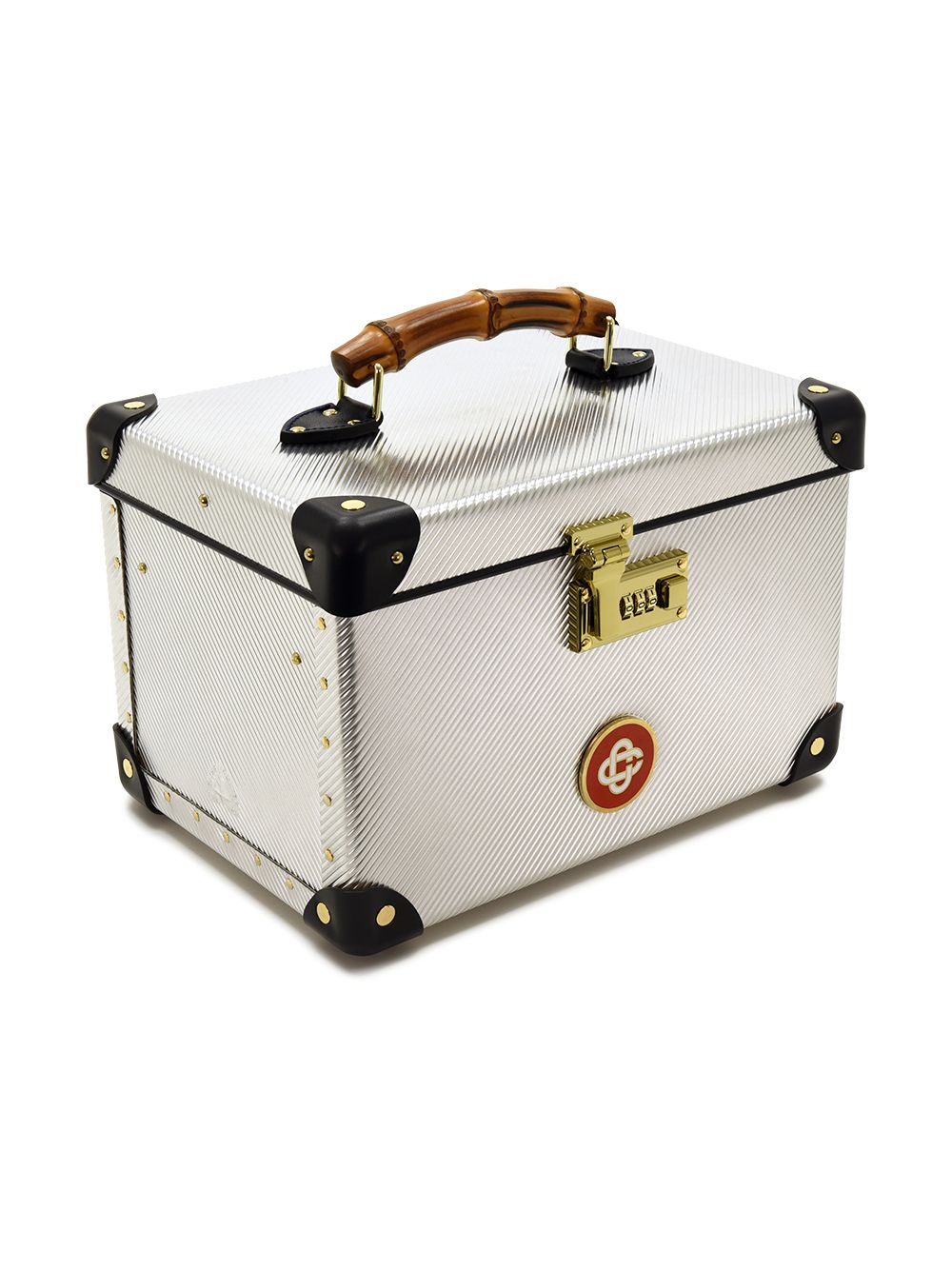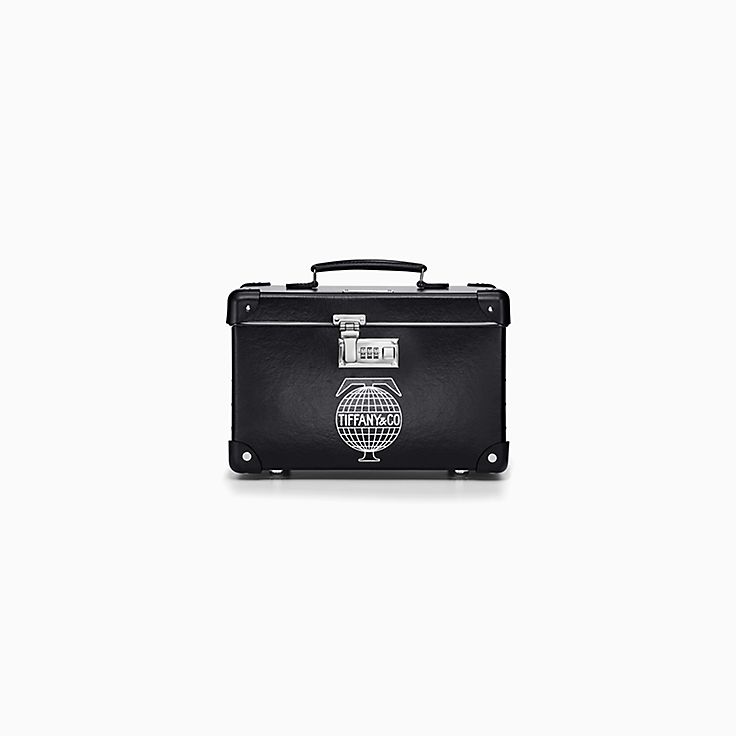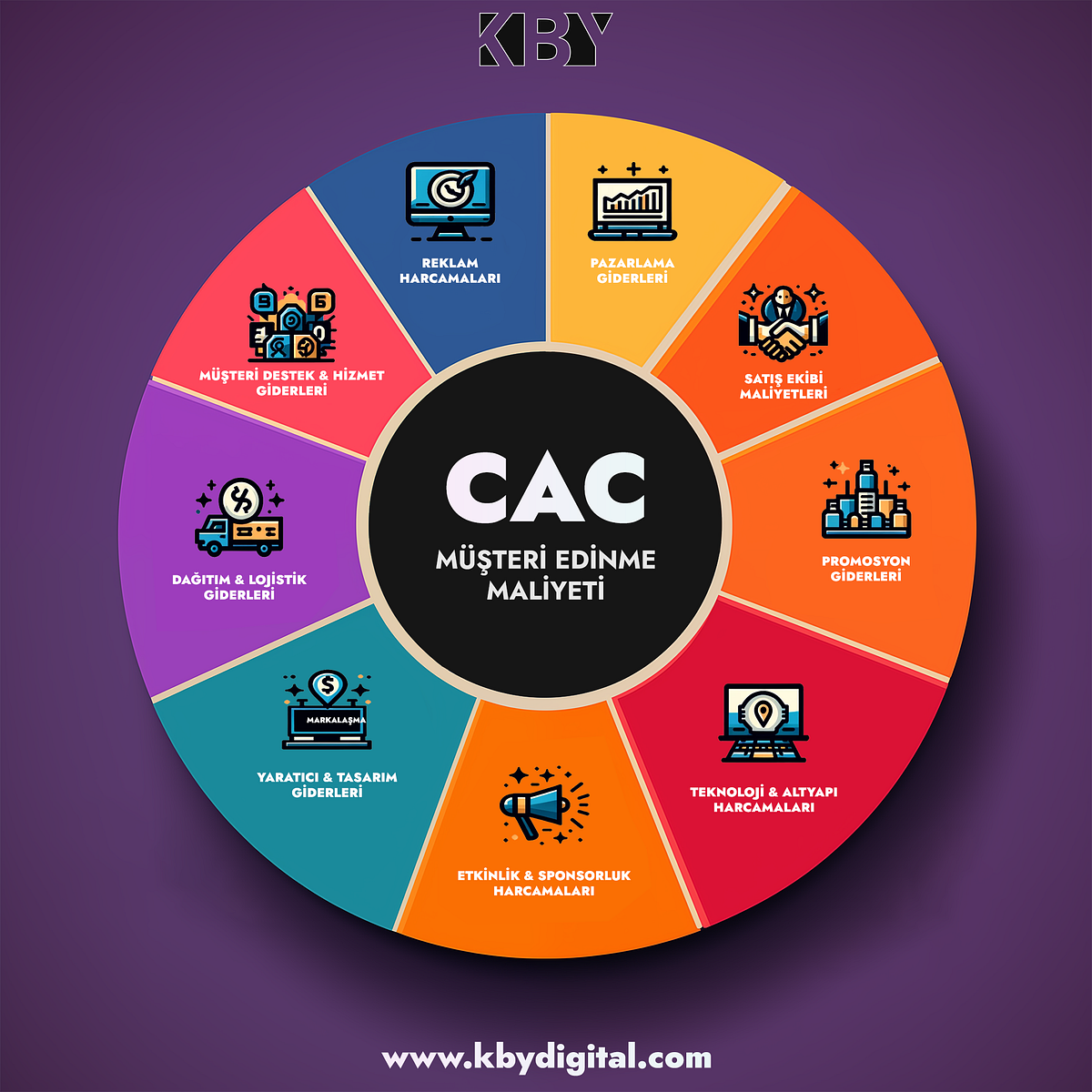Unpacking the Costs of Subject 13 Vanity Cases: A Comprehensive Guide
Related Articles: Unpacking the Costs of Subject 13 Vanity Cases: A Comprehensive Guide
Introduction
With enthusiasm, let’s navigate through the intriguing topic related to Unpacking the Costs of Subject 13 Vanity Cases: A Comprehensive Guide. Let’s weave interesting information and offer fresh perspectives to the readers.
Table of Content
Unpacking the Costs of Subject 13 Vanity Cases: A Comprehensive Guide

The term "Subject 13 Vanity Case" is not a standard term in any known field. It is possible that this is a fictional or internal term used within a specific organization or project. To provide a comprehensive guide on the cost of "Subject 13 Vanity Cases," we need to understand the context and the specific items being referred to.
However, based on the phrase’s structure, we can assume that "Subject 13" likely refers to a specific product, project, or category. "Vanity Case" suggests a container or case designed for storing and carrying personal items, often associated with cosmetics and toiletries.
To address this topic effectively, we will explore the cost factors associated with different types of vanity cases, providing a framework for understanding the cost of "Subject 13 Vanity Cases" once the specific context is clarified.
Factors Influencing the Cost of Vanity Cases
The cost of a vanity case is influenced by a multitude of factors. Understanding these factors provides a comprehensive understanding of price variations within this category.
- Material: The primary material used in the construction of the vanity case significantly impacts the cost. Luxury materials like genuine leather, exotic woods, or high-quality metals command a higher price compared to synthetic materials like faux leather, plastic, or metal alloys.
- Size and Capacity: The size and capacity of the vanity case directly correlate to the amount of material used and the complexity of manufacturing. Larger cases with intricate compartments and features require more materials and labor, resulting in a higher cost.
- Design and Features: The complexity of the design, the presence of specialized features like locks, compartments, mirrors, or integrated lighting, and the overall aesthetic appeal all contribute to the cost. Elaborate designs with intricate detailing and advanced functionalities typically come at a premium.
- Brand and Origin: Reputable brands known for their quality craftsmanship and design often command a higher price. Similarly, cases manufactured in countries with higher labor costs and stringent quality control standards may be priced higher.
- Customization: Customized vanity cases with personalized engravings, embellishments, or unique designs involve additional labor and materials, leading to higher costs.
- Retail Markup: Retailers typically add a markup to the cost of the vanity case to cover their operational expenses and profit margins. This markup can vary depending on the retailer’s pricing strategy and the market demand for the specific case.
Understanding the Cost of "Subject 13 Vanity Cases": A Framework
Without knowing the specific context of "Subject 13 Vanity Cases," it is impossible to provide an exact cost estimate. However, we can use the factors discussed above to create a framework for understanding the cost:
- Identify the Specific Items: Determine the exact items included in "Subject 13 Vanity Cases." Are they standard vanity cases with specific features or unique items designed for a particular purpose?
- Analyze the Materials and Construction: Once the specific items are identified, analyze the materials used in their construction. Are they high-end materials like leather or more affordable options like plastic?
- Evaluate Design and Features: Assess the complexity of the design, the presence of specialized features, and the overall aesthetic appeal.
- Consider Brand and Origin: Is the "Subject 13 Vanity Case" associated with a specific brand known for high quality and craftsmanship? Where are these cases manufactured?
- Factor in Potential Customization: Are these cases customized with unique features or personalized designs?
By applying this framework and considering the specific context of "Subject 13 Vanity Cases," you can gain a better understanding of the potential cost range.
FAQs on Vanity Cases
Q1: What are vanity cases primarily used for?
A: Vanity cases are primarily used for storing and carrying personal items, often related to cosmetics, toiletries, and jewelry. They provide a convenient and organized way to transport and store these items, protecting them from damage and keeping them readily accessible.
Q2: What are some common materials used in vanity cases?
A: Common materials used in vanity cases include:
- Leather: Genuine leather is a popular choice for high-end vanity cases due to its durability, luxurious appearance, and natural beauty.
- Faux Leather: Faux leather is a more affordable alternative to genuine leather, offering a similar look and feel but at a lower cost.
- Plastic: Plastic is a lightweight and durable material often used for affordable vanity cases. It comes in various colors and finishes, offering a wide range of options.
- Metal: Metal vanity cases are known for their durability and sleek appearance. They can be made from various metals, including aluminum, steel, and brass.
Q3: What are some features to consider when choosing a vanity case?
A: When choosing a vanity case, consider the following features:
- Size and Capacity: Choose a case that is large enough to accommodate your needs but not too bulky for your intended use.
- Compartments and Organization: Look for cases with compartments and organizers to keep your items separated and easily accessible.
- Durability and Protection: Ensure the case is made from durable materials and offers adequate protection for your valuables.
- Style and Aesthetics: Choose a case that complements your personal style and preferences.
Q4: What is the typical price range for vanity cases?
A: The price range for vanity cases varies widely depending on the factors discussed earlier. Affordable vanity cases made from plastic or faux leather can be found for under $20, while high-end leather cases with intricate designs and features can cost hundreds or even thousands of dollars.
Tips for Choosing a Vanity Case
- Define Your Needs: Determine the specific items you need to store and carry, and the frequency of use.
- Set a Budget: Establish a realistic budget based on your needs and preferences.
- Research Different Brands and Materials: Explore various brands and materials to find the best value for your needs.
- Read Reviews and Compare Prices: Read customer reviews and compare prices from different retailers to find the best deal.
- Consider Customization Options: If you need a case with unique features or personalized designs, explore customization options.
Conclusion
The cost of "Subject 13 Vanity Cases" can only be determined once the specific items and context are defined. By understanding the factors that influence the cost of vanity cases and applying the framework outlined above, you can gain a comprehensive understanding of the potential price range.
Remember, the best vanity case for you is the one that meets your specific needs, fits your budget, and complements your personal style.







Closure
Thus, we hope this article has provided valuable insights into Unpacking the Costs of Subject 13 Vanity Cases: A Comprehensive Guide. We appreciate your attention to our article. See you in our next article!